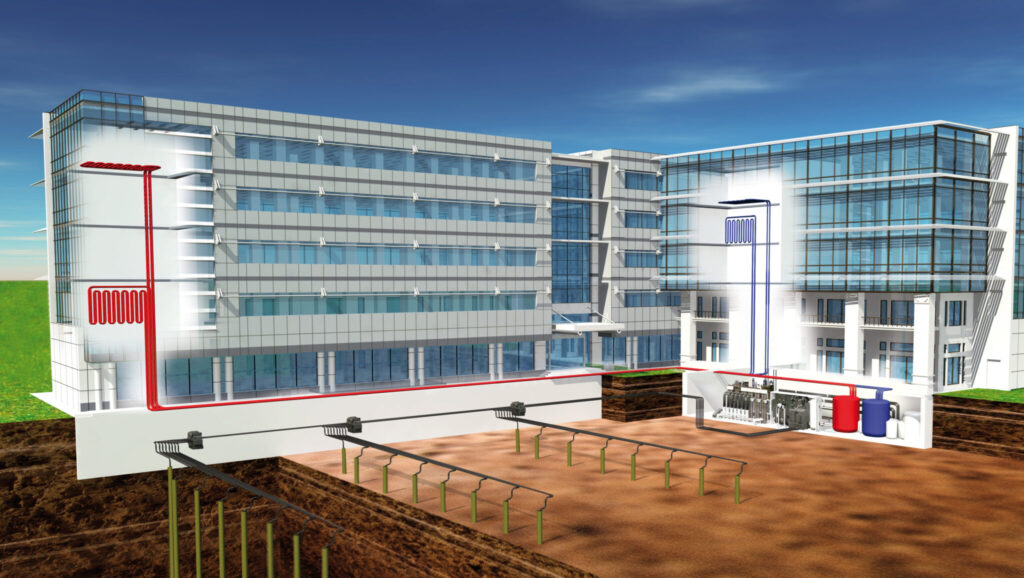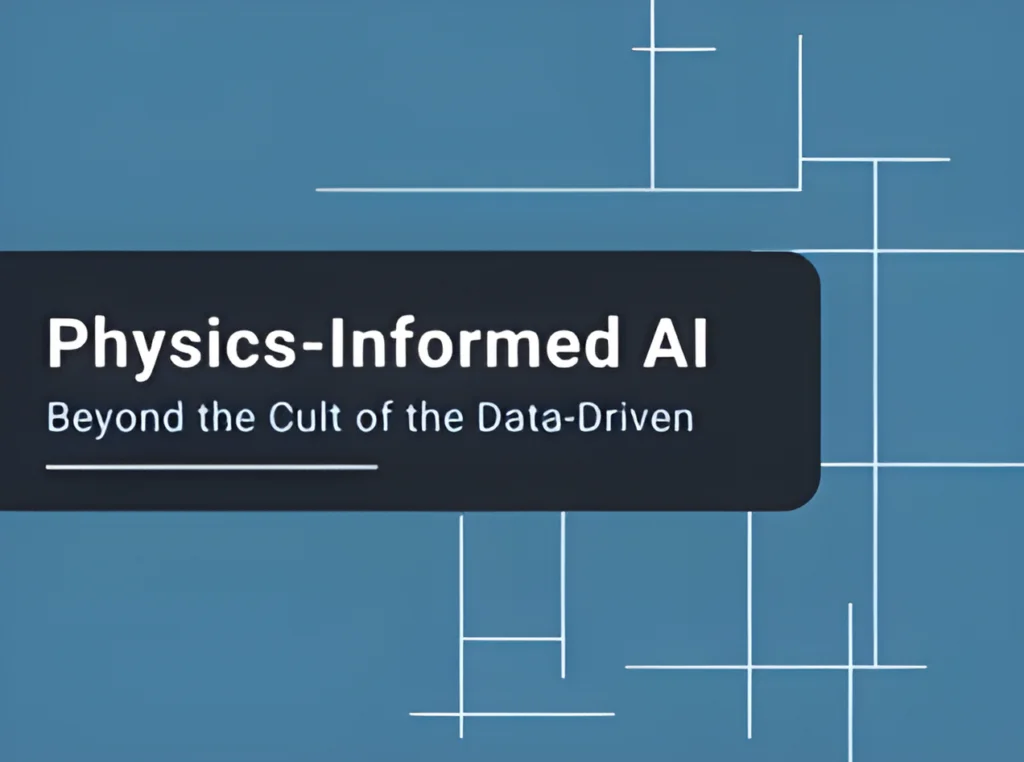With all the talk around artificial intelligence (AI), sometimes we lose sight of why we are deploying these cutting-edge tools. In the industrial world – where we worry about designing, controlling, and maintaining equipment and processes – the primary goal is predicting the future. What are the optimal settings for my process? How should I adjust them if something changes? What could go wrong? What will cause it? When will it happen? After decades of throwing AI at this problem, the industrial world has learned that, while there are areas where we find value, the path is often arduous, and the impact narrow. The core obstacle is data.
Machine learning and AI rely on data collected from sensors in a piece of equipment or system to train a model that is used to make predictions. The goal is for the model to analyze new data coming from the sensors to determine what may happen next and what to do about it. The problem is that in most high-value industrial use cases, data is dirty, lacking, or missing altogether.
This problem is prevalent in designing complex equipment, like an airplane engine. It’s important for engineers to understand how a given design will work in the field. The only route to experimental data is costly prototyping and testing. In the case of the airplane engine, prototyping and testing is expensive and can take many, many months to build and test.
Another common challenge is requiring data from equipment or processes that are either expensive or impossible to measure. In the case of the aircraft engine, it’s really difficult to add enough sensors to collect data on the air flow inside the engine. But understanding the airflow inside the engine is critical to understand its performance.
This is where simulation – which involves computational solutions to complex fundamental equations – comes in. Simulation can have even higher fidelity than AI models, in large part due to its link to the core physics that govern the system. Sophisticated simulation tools have become more capable of simulating these scenarios in detail, but they are slow (think of days, weeks, or months to answer a single question) and require massive amounts of computing. Even then they can fail to deliver a solution.
It’s also difficult to know how accurate the simulations are. For systems with many parameters and independent variables, improving your simulation to get the most realistic result is hard. In most cases today this is a highly manual process involving multiple tools run by an expert.
Enter Geminus. We bring the best of simulation and AI together in an automated way. Allowing for the creation of models that are fast, accurate, and data efficient. Geminus automatically fuses information sources making it possible to build models in hours that would take months to create manually. Models that are easily explored to gain maximum insight, fast. Our platform overcomes the major obstacles that prevent simulation from being an all-purpose solution for products and processes, in both design and operation. To learn more how physics-informed AI overcomes these limitations, reach out to our team.


